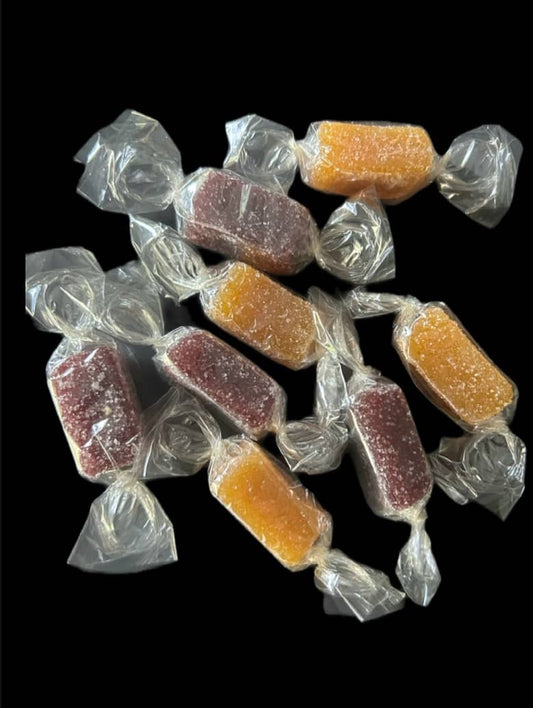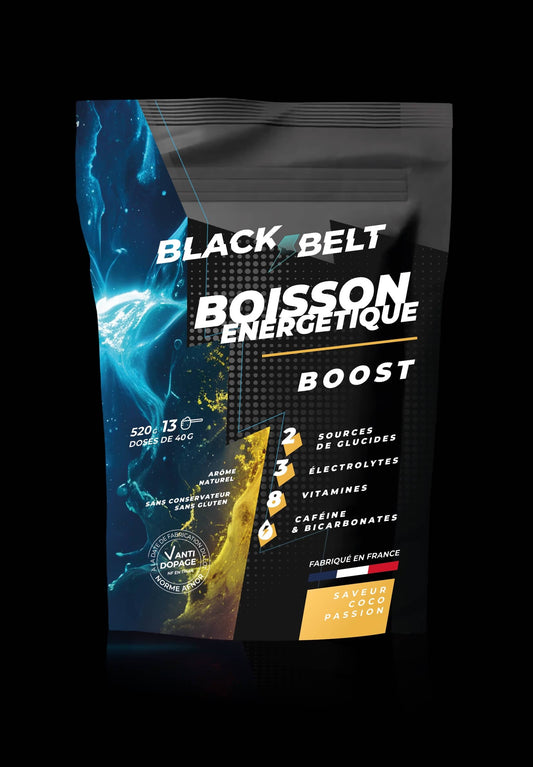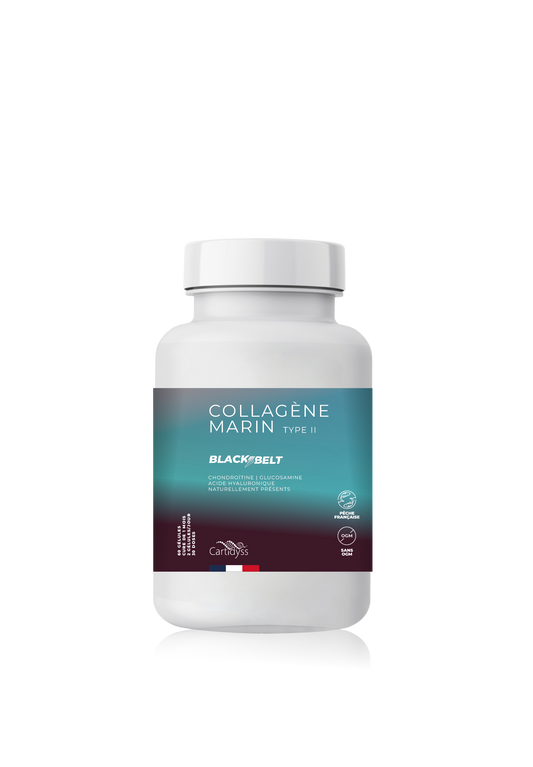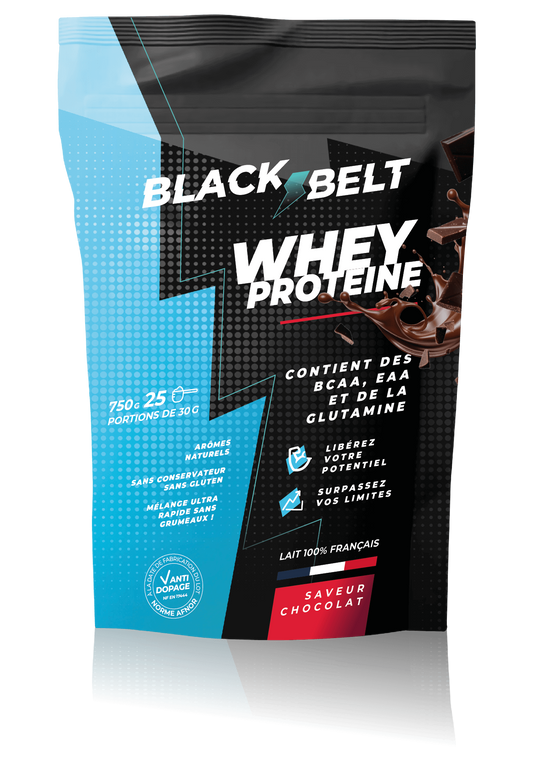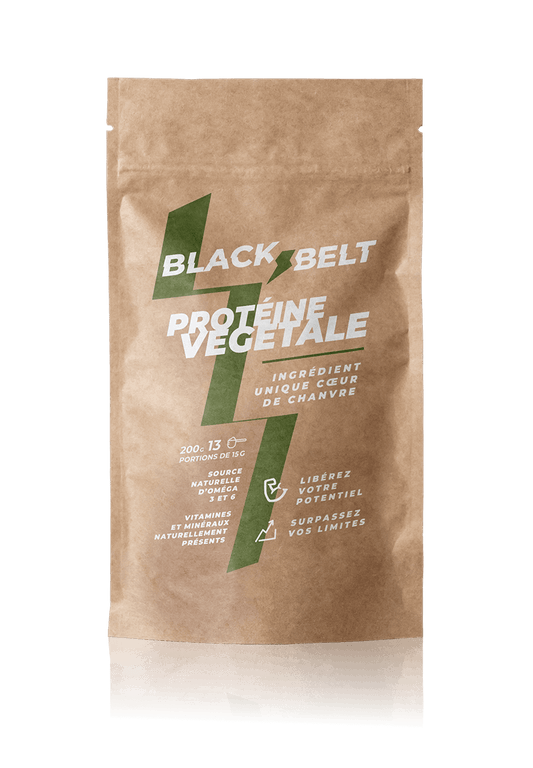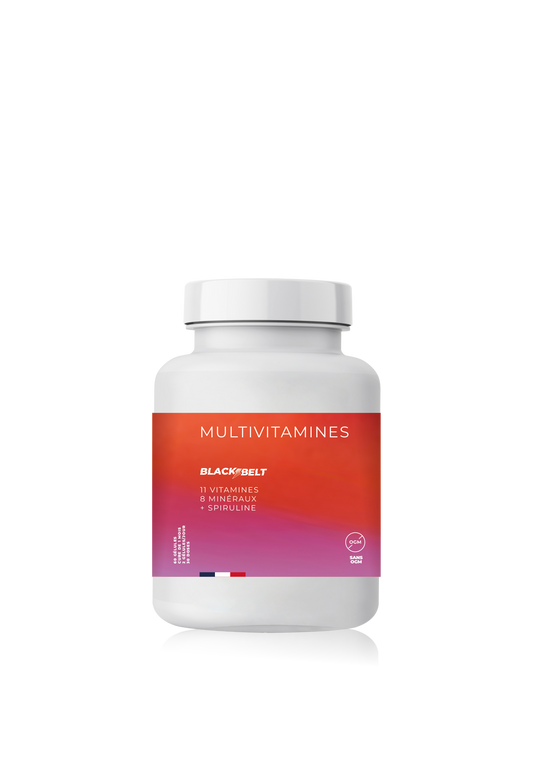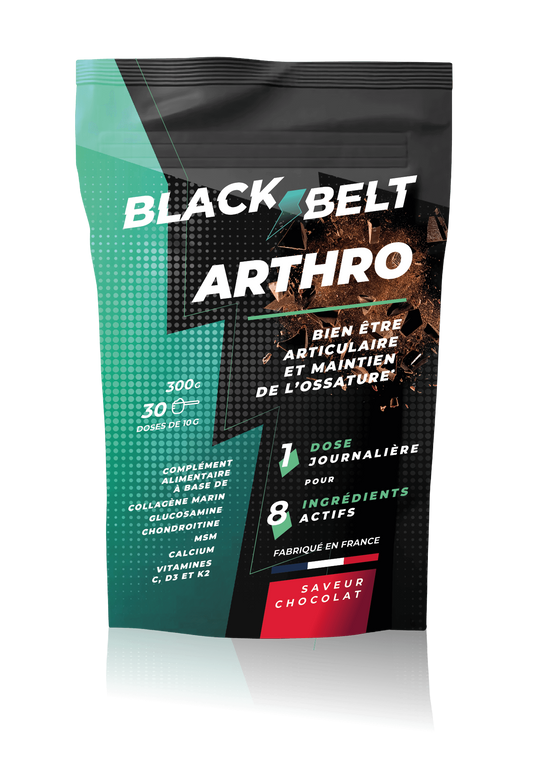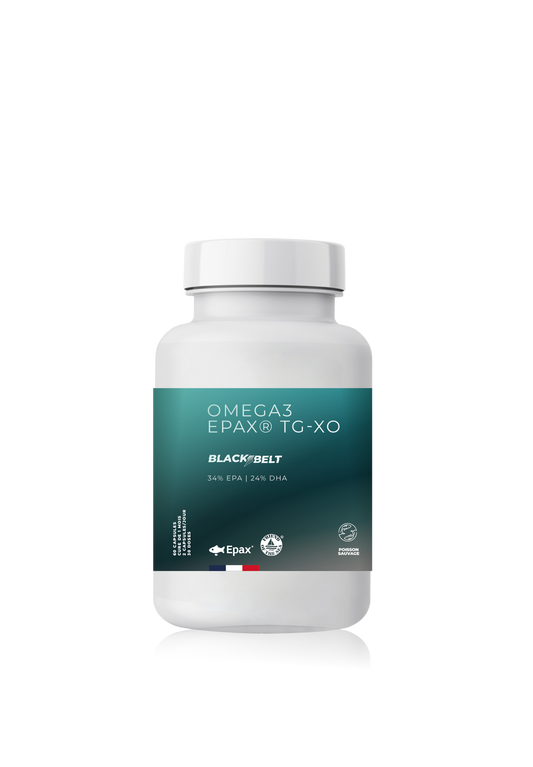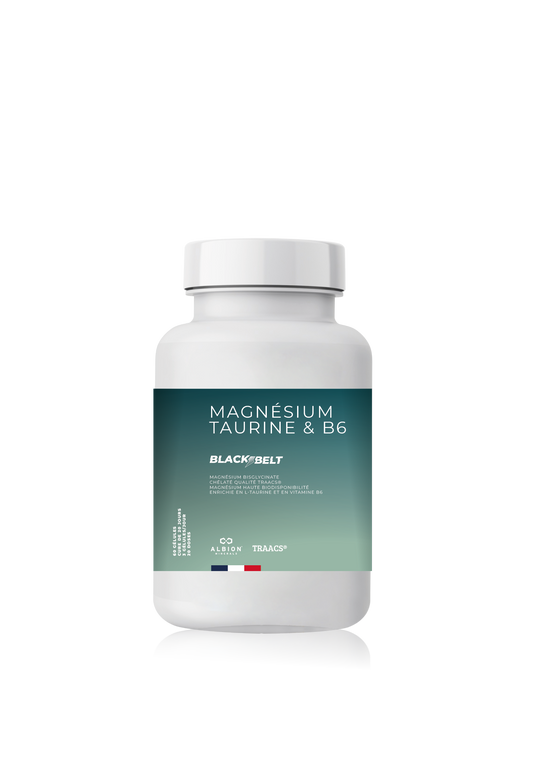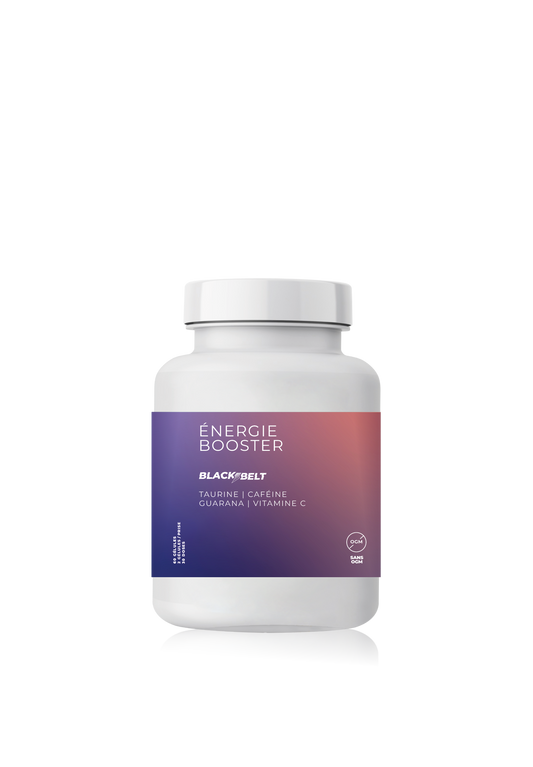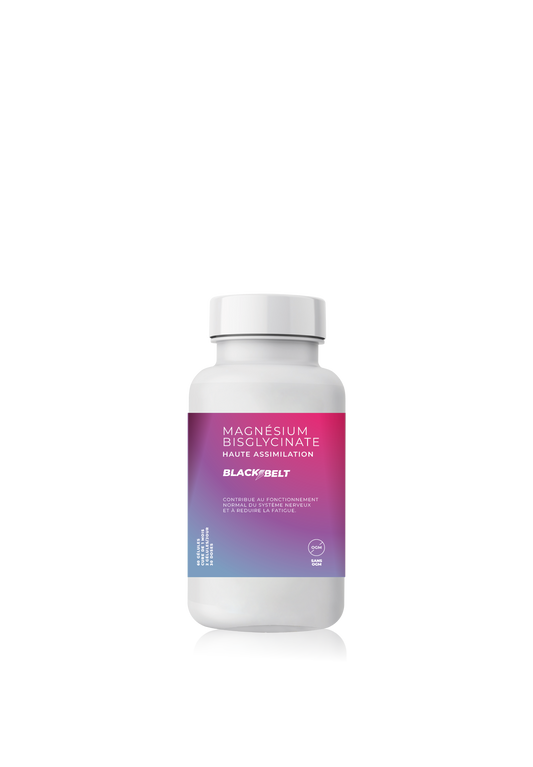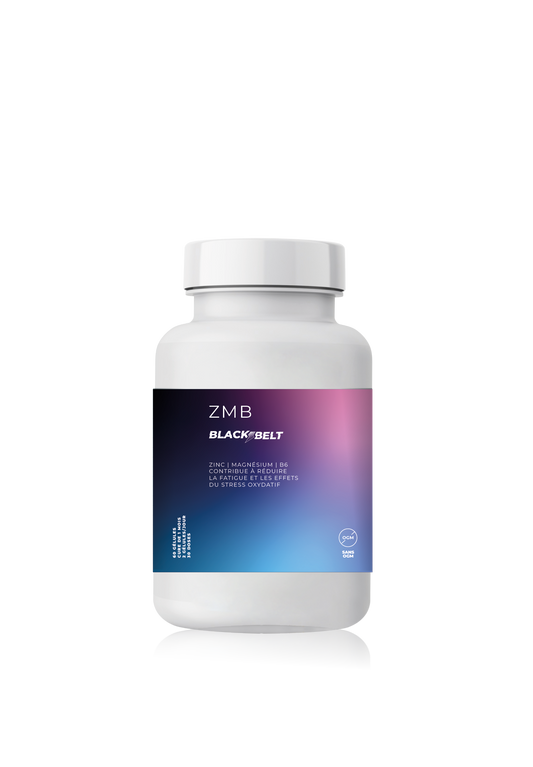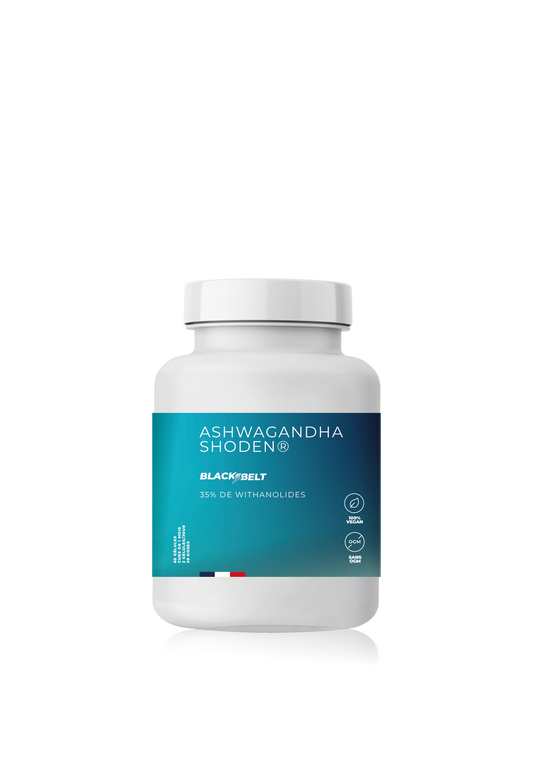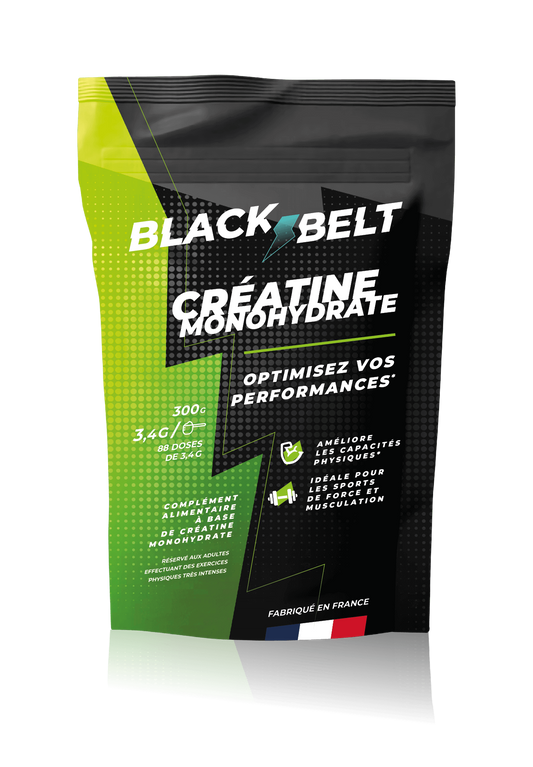Calculating your VO₂ Max: Why and How?
VO₂ Max is a key indicator of an athlete's cardiovascular fitness and endurance. Whether you're a runner, cyclist, or triathlete, knowing your VO₂ Max allows you to better understand your fitness level and optimize your training. Discover in this article how to measure it, why it's important, and how to improve your performance with this indicator.

What is VO₂ Max and why is it important?
VO₂ Max is the maximum amount of oxygen your body can use per minute per kilogram of body weight. It is expressed in ml/kg/min and reflects how efficiently your cardiovascular system delivers oxygen to your muscles during intense exercise.
Why measure your VO₂ Max?
• Assess your fitness level: The higher your VO₂ Max, the greater your endurance.
• Track your progress: Regularly monitoring your VO₂ Max allows you to measure the effects of your training.
• Optimize your performance: By knowing your VO₂ Max, you can adjust your workouts to work at suitable intensities.
• Compare your results: You can position your level in relation to the averages of athletes of your age and discipline.
How to calculate your VO₂ Max?
There are several methods for estimating VO₂ Max. Some require laboratory equipment, but others can be easily performed at home or on a running track.
1. Cooper Test (12 minute race)
The Cooper test is one of the simplest methods for estimating your VO₂ Max. It involves running as far as possible in 12 minutes, then using the following formula:
VO₂ Max = (Distance in meters - 504.9) ÷ 44.73
Example: If you run 2800 meters in 12 minutes, your VO₂ Max will be approximately 51.3 ml/kg/min.
2. Other field tests
Other tests can be used to estimate VO₂ Max:
• Half-Cooper test (6 minutes of running)
• 5 km running test
• Astrand bike test
These methods give a more or less precise estimate depending on the intensity and duration of the effort.
Calculate your VO₂ Max online
We have developed a quick and easy tool to calculate your VO₂ Max based on your distance covered during a specific test.
How to use our calculator?
1. Indicate your age and gender.
2. Enter the distance covered during a running test (eg: Cooper, 5 km).
3. Click “Calculate” to get your VO₂ Max estimate.
Try our simulator here: Calculate your VO₂ Max now

How to improve your VO₂ Max?
Once you have calculated your VO₂ Max, you can look to improve it through specific training.
1. High intensity training (HIIT and interval training)
Interval training (high intensity intervals) is ideal for developing VO₂ Max. Example:
• 30/30: 30 seconds at 95-100% of your VO₂ Max, 30 seconds of active recovery.
• 5x3 min session: 5 repetitions of 3 minutes at 90-95% of your VO₂ Max, with 2 minutes of recovery between each effort.
2. Long endurance training
Long runs at moderate intensity (60-70% of VO₂ Max) help improve aerobic capacity and the body's efficiency in using oxygen.
3. Muscle strengthening and plyometrics
A stronger, more efficient body uses oxygen better. Exercises like planks, squats, and plyometric exercises can indirectly improve VO₂ Max.
FAQ: Your questions about VO₂ Max
What is a good VO₂ Max?
Average VO₂ Max values vary by age and gender:
Category Men (ml/kg/min) Women (ml/kg/min)
Weak < 35 < 30
Average 35 - 50 30 - 45
Good 50 - 60 45 - 55
Excellent > 60 > 55
Is my VO₂ Max frozen?
No, it is possible to improve your VO₂ Max with regular and targeted training.
Is VO₂ Max enough to judge performance?
No, other factors such as running efficiency, running economy and lactate threshold also influence endurance performance.

Conclusion: Why know and improve your VO₂ Max?
Measuring and understanding your VO₂ Max provides an accurate indicator of your aerobic capacity and fitness. With our online simulator, you can easily estimate your VO₂ Max and adapt your training to improve.
Try our tool now and track your performance!
-
Pack: Health Essentials
Regular price From €64,90Regular priceUnit price / per€69,70Sale price From €64,90Sale -
BlackBelt Punch - Shower Treatment
Regular price From €15,90Regular priceUnit price / per€15,90Sale price From €15,90 -
Maltodextrine DE6 avant course
Regular price €16,90Regular priceUnit price / per -
Pâtes de Fruits Énergétiques
Regular price €10,90Regular priceUnit price / per€10,90Sale price €10,90 -
Long Distance Energy Drink
Regular price €26,90Regular priceUnit price / per€26,90Sale price €26,90 -
Boisson Énergétique BOOST
Regular price €26,90Regular priceUnit price / per€26,90Sale price €26,90 -
Collagène Marin Français Cartidyss® Type II
Regular price From €29,90Regular priceUnit price / per€29,90Sale price From €29,90 -
Pastilles d'Electrolytes
Regular price From €9,90Regular priceUnit price / per€9,90Sale price From €9,90 -
Electrolyte Drink
Regular price €14,90Regular priceUnit price / per€14,90Sale price €14,90 -
Blackbelt Whey Protein - Flavor of your choice
Regular price €32,90Regular priceUnit price / per -
Protéine Végétale
Regular price €12,90Regular priceUnit price / per€12,90Sale price €12,90 -
Pack hydratation - Longue distance
Regular price €54,90Regular priceUnit price / per€59,80Sale price €54,90Sale -
Multivitamins 11 Vitamins + 8 Minerals + Spirulina
Regular price €19,90Regular priceUnit price / per€19,90Sale price €19,90 -
BlackBelt Arthro - Joint & Bone Care - Chocolate Flavor
Regular price €39,90Regular priceUnit price / per€39,90Sale price €39,90 -
Omega 3 Epax®
Regular price From €19,90Regular priceUnit price / per€19,90Sale price From €19,90 -
Magnesium + Taurine + B6 Complex
Regular price €18,90Regular priceUnit price / per€18,90Sale price €18,90 -
 Sale
SalePack Hydratation
Regular price €29,80Regular priceUnit price / per€34,70Sale price €29,80Sale -
Energy Booster Capsules - Pre Workout
Regular price €19,90Regular priceUnit price / per€19,90Sale price €19,90 -
Highly Absorbable Magnesium
Regular price €14,90Regular priceUnit price / per€14,90Sale price €14,90 -
Ashwagandha Shoden®
Regular price €19,90Regular priceUnit price / per€19,90Sale price €19,90 -
Blackbelt Creatine Monohydrate
Regular price €17,90Regular priceUnit price / per€29,90Sale price €17,90Sale -
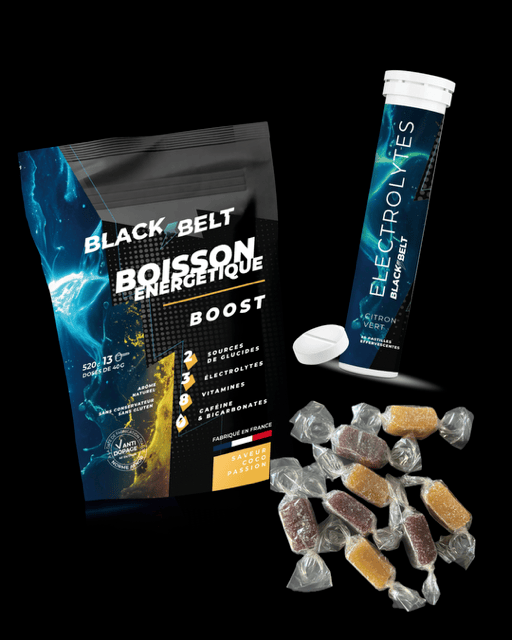 Sale
SalePack Semi-Marathon
Regular price €44,90Regular priceUnit price / per€47,90Sale price €44,90Sale -
 Sale
SalePack Marathon
Regular price €59,90Sale price €59,90Unit price / perSale -
 Sale
SalePack Ultra-Trail
Regular price From €99,90Regular priceUnit price / per€110,30Sale price From €99,90Sale
1
/
of
25
Calculez votre VO₂ Max
More than 25 free tools in my toolbox
Subscribe to our emails
-
FREE Guide: Running & Recovery
Regular price €0,00Regular priceUnit price / per -
Booster son allure en course à pied
Regular price €0,00Regular priceUnit price / per -
FREE Guide: Healthy Gourmet Recipes
Regular price €0,00Regular priceUnit price / per -
FREE Guide: The Menstrual Cycle and Sport
Regular price €0,00Regular priceUnit price / per -
FREE Guide: Avoid Injuries and Perform at Any Age
Regular price €0,00Regular priceUnit price / per -
Ebook: The keys to flexibility
Regular price €8,99Regular priceUnit price / per
1
/
of
6




